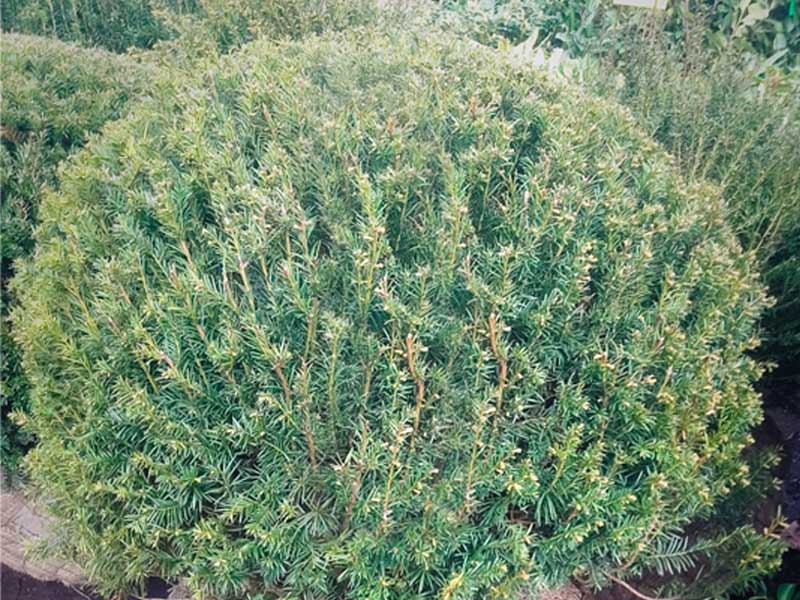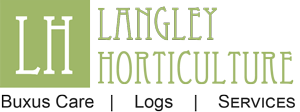Topiary Balls – Taxus baccata Balls – Yew

Taxus baccata Balls – Yew – Pot Grown
| Botanical Name | Shape / Style | Sizes Supplied | Item Price £ – (Ex VAT) | Type |
|---|---|---|---|---|
| Taxus | Ball | 40cm | 80.00 | C |
Key: C = Container
Taxus baccata Balls – Root Ball
| Botanical Name | Shape / Style | Sizes Supplied | Item Price £ – (Ex VAT) | Type |
|---|---|---|---|---|
| Taxus | Ball | 55cm | 105.00 | RB |
Key: RB = Root Ball | (Available November to March)
Details / Key Facts
Taxus baccata Balls – Yew Balls are created from Yew. This is a handsome native tree or shrub whether planted in a contemporary or traditional setting. It is a classic choice for planting as a free-standing specimen, as topiary, in containers and makes an excellent, long-lived hedge. Careful selection, soil preparation and planting will ensure successful establishment of these timelessly fashionable plants.
Key Facts
- Common name: Yew
- Botanical name: Taxus baccata
- Group: Evergreen tree or shrub
- Flowering time: February
- Planting time: September-October or March-April
- Height and spread: Varies according to training
- Aspect: Any
- Hardiness: Hardy
- Difficulty: Easy
How To Grow
Cultivation notes
Hedges
Yew hedging, like other evergreens, is best planted in September to October or March to April. Buy plants that are 45-60cm (18-2ft) high, as these tend to establish more successfully and grow away better than larger plants. Bare-rooted or root-balled yews are preferable as they are usually cheaper than container-grown stock and seem to establish more readily. Once established, a well cared for yew hedge may make up to 30cm (1ft) of growth a year
Planting a hedge in less well-drained soil.
Yew will not tolerate waterlogging and in such conditions may be more susceptible to Phytophthora root rot.If you need to plant a yew hedge on heavier soils, throw the soil into a ridge at least 15m (6in) higher and about 1m (3ft) wide and allow the soil to settle before planting along the top. Just cover the roots with no more than 3cm (1in) of soil. This keeps the base of the plant and some of the roots out of saturated soil.
Pruning & Training
Topiary
Yew is perfect for creating topiary. Plants can be bought ready-trained or you can use metal frameworks to guide you when trimming.
Yew hedges can be easily maintained by trimming once in summer or early autumn
Hedge renovation
If a yew hedge becomes overgrown, it is possible to renovate it over three years. Mid-spring is the time to do this. To recreate a dense, even surface, cut the top of the hedge back to at least 15cm (6in) less than the final desired height. The following year, reduce the width of one of the sides, followed by the second side in the third year. A neglected yew hedge, with bare trunk at the base, may benefit from coppicing, cutting back the top-growth to within 15-20cm (6-8in) of the ground in early spring. This will produce multiple stems which can be trained into a formal hedge. The disadvantage to using this method is the length of time taken for the hedge to recover, which will be several years.
Delivery charges may apply and will be based on the order size and location so, please provide us with as much information when you contact us with your enquiry.
If you would prefer to collect up your order please email sales@langleyhorticulture.co.uk to make an appointment.
Please note that payments cannot be made online. A member of staff will call you and take payment over the phone.
